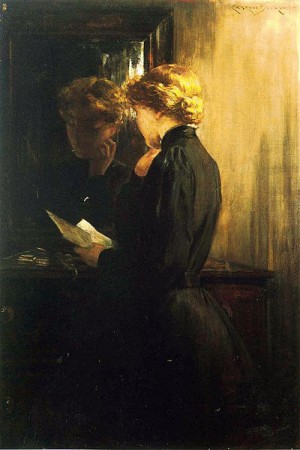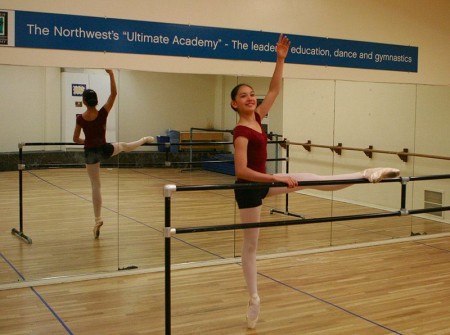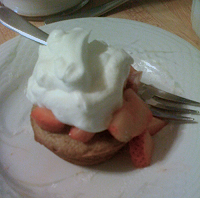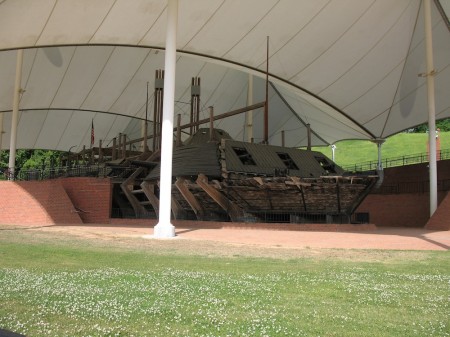
White is the color of marriage, in western countries at least, but for the Hindus and Chinese the color of marriage is red. Information is Beautiful has the wonderful quick reference graphic above.
Middle and High School … from a Montessori Point of View

White is the color of marriage, in western countries at least, but for the Hindus and Chinese the color of marriage is red. Information is Beautiful has the wonderful quick reference graphic above.

We want students to spend some time in introspection, but it is sometimes difficult to focus and understand what we’re trying to accomplish. The other day I ran across a small mirror, about 10 cm in diameter, sitting in the closet. It was our half hour for Personal World so I handed it to a student who was still trying to settle down and said, “Reflect.”
After the obligatory eye-roll, the student went on with their introspection, twirling the mirror around in their hands. A few days later, the student mention the event in their newsletter article, where it came to the attention of one of our parents, who an Educational Psychologist at a near-by liberal-arts college. She mentioned it to one of her colleagues who’s a social psychologist, and it turns out that there’s a lot of research on the psychological effect of looking into mirrors. In fact, mirrors are an important tool for researchers, but much of the research has found that people are most often negatively affected by mirrors.
social psych has studied extensively the impact of mirrors on people—they increase a state called “objective self awareness” where you become aware of yourself as a social object. It is usually associated with negative affect because it causes us to compare ourselves to our internal standards (and we usually fall short of them). We then make attempts to “escape self-awareness” by doing physical distractions (or even abusing drugs) or by repairing our image by doing good deeds or trying to live up to our standards.

Some of the research is fascinating. Mirrors are extensively used in ballet training, yet Radell et al., (2004) found that ballet dancers performed better after classes in rooms without mirrors. Scheier and others (1981) found that mirrors made people more likely to withdraw from fearful situations.
[A] state of heightened self-awareness can be created when an object in one’s environment, like a mirror, focuses an individuals’ attention on one’s self. This state of self-awareness causes the individual to compare one’s self to ideals presented in the environment. In a ballet class, this could be other students’ performances or a teacher’s demonstration. If the student feels she is not matching the ideal characteristics presented to her, then negative self-evaluation may result. – Radell et al., 2004.
There is some suggestion that heightened self-awareness, though not necessarily attained only through the use of mirrors, does have positive effects, but I’ve barely been able to scratch the surface of the literature.

David McCandless has captured more than a little of the wonderful diversity you can find around the world in this map of International Number Ones. It has some thought provoking juxtapositions. The U.S., for example, is #1 for serial killers while Cuba is #1 for doctors.
The map is also interactive in that if you move the cursor over it, the names of the countries show up. This feature is especially fascinating when looking at unfamiliar parts of the world.
We’ve had quite a number of Langston Hughes‘ poems recited in the mornings. This morning it was “I, too, sing America” and I ran into the above YouTube video, narrated by the author (the narration can be found at The Poetry Archive).
“I, too, sing America” was written in response to Walt Whitman’s “I, Hear America Singing” (Gonzales, date unknown), which ties into the story of advancing civil rights in the United States.
Education Secretary, Arne Duncan will be the commencement speaker at Clark Montessori in Cincinnati.
“Clark Montessori Jr. and Sr. High School shows an extraordinary commitment to encouraging their students to take responsibility for their education, get involved in their community and go to college,” said Secretary of Education Arne Duncan. “I look forward to congratulating them and celebrating their hard work as their 2010 commencement speaker.” – Official Whitehouse Press Release
Osmosis is the movement of liquids through a membrane, from areas of high to regions of low concentration. So, if you sprinkle sugar onto ripe strawberries, the concentration of sugar on the outside of the berries becomes very high. The juices will seep out of the strawberries’ cells, through the cell walls (the membrane), and create quite the delectable syrup. Add a few shortcakes and some whipped cream and ….

Note to self: try strawberries in the greenhouse this winter. Life sciences are next year and osmosis is a key concept.
Note #2: This is also a large part of the answer to the question of, “Why do we get thirsty when we eat salty foods?”

Considering child labor today, it’s worth noting how extensive it was in the past. The Library of Congress is an excellent source for public domain images, and has available the amazing photographs of child workers taken by Lewis Wickles Hine for the National Child Labor Committee.

Four hours away, Vicksburg, MS. is just within reach for an immersion trip so, since we were in the area, I scoped it out for a future trip. Vicksburg was the final town to fall before the Union could control the Mississippi River and split the Confederacy into two, so it’s historically important. The Vicksburg National Military Park is chock full of monuments and markers that give a good idea about the chaos and carnage of the battle for the town, and even a chance to observe practical application of simple machines and steam engines.
The park could complement Shiloh and Corinth quite nicely since Vicksburg’s importance was because of its control of transportation routes, just like with Corinth. It also has the salvage of the USS Cairo, an ironclad sunk during the Civil War. Much of he Hull is still missing so it’s a wonderful chance to see all the mechanisms and engines in a steam powered ship.

What I found most interesting, however, were the old watermill and farming equipment at Grand Gulf Military Park, about 45 minutes south of Vicksburg. They seem almost in working order, and if you’ve been discussing simple machines, as we have, it’s a great opportunity to see how they were applied in real-life.

The watermill is quite picturesque, making it a great subject for sketching or drawing. I like to combine art and science in this way when possible. Grand Gulf also has a small, submarine used by bootleggers during prohibition which is quite the curious piece of engineering.
[googleMap name=”Grand Gulf Military State Park” description=”Watermill and camping” width=”400″ height=”300″ mapzoom=”8″ mousewheel=”false”]12006 Grand Gulf Rd, Port Gibson, MS[/googleMap]